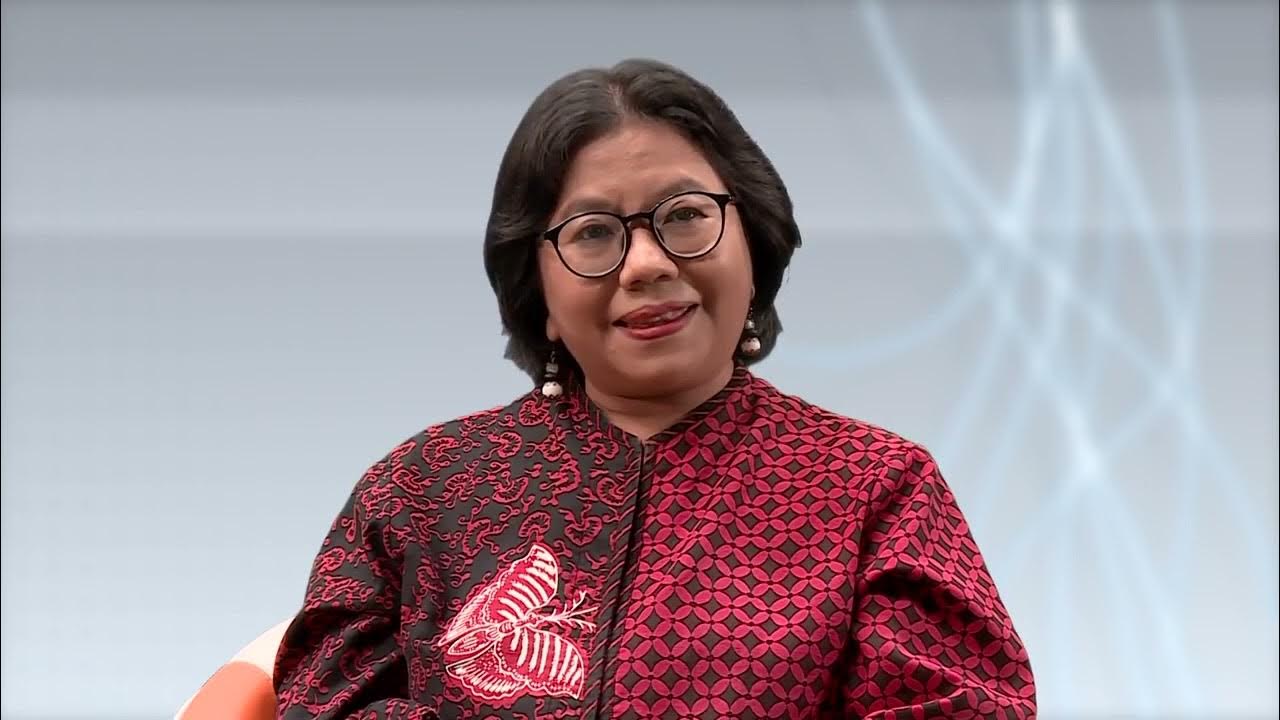Summary of ELT Methods
Summary
TLDRThis video provides an overview of various methods and approaches in English language teaching, each designed to meet the needs of both teachers and learners. The methods discussed include Grammar Translation, Direct Method, Audiolingual, Silent Way, Community Language Learning, Suggestopedia, Total Physical Response, Cognitive Approach, Communicative Approach, Humanistic Approach, and Action-Oriented Learning. Each method emphasizes different aspects of language acquisition, from grammar-focused instruction and behaviorist drills to communication-based tasks and emotional support. The video highlights the evolving roles of teachers and students and offers a variety of techniques to enhance language learning.
Takeaways
- 😀 Grammar Translation Method focuses on deductive learning where rules are taught in the mother tongue and memorization is key.
- 😀 The Direct Method emphasizes inductive learning with a focus on natural oral communication and teacher as a guide.
- 😀 Audiolingual Method is based on behaviorism, where students repeat drills to achieve accuracy and pronunciation.
- 😀 The Silent Way promotes cognitive learning with an emphasis on silence from the teacher to encourage student interaction.
- 😀 Community Language Learning fosters cognitive and affective learning, with the teacher acting as a counselor in a non-threatening environment.
- 😀 Suggestopedia aims to eliminate psychological barriers to learning, creating a comfortable environment with music and role-playing.
- 😀 Total Physical Response integrates physical movement with language learning, using commands to guide student behavior.
- 😀 The Cognitive Approach emphasizes insight and pattern recognition, building new knowledge from prior experiences.
- 😀 The Communicative Approach focuses on real-world communication, with the teacher facilitating student interactions in meaningful contexts.
- 😀 The Humanistic Approach prioritizes emotional security and personal growth, promoting social and effective learning activities.
- 😀 Task-Based Learning uses authentic tasks and linguistic items to engage students in real-life language use and cooperative learning.
Q & A
What is the Grammar Translation Method (GTM) and its key focus?
-The Grammar Translation Method focuses on deductive learning, where grammar rules are taught in the mother tongue. It emphasizes reading and writing over oral communication, with the teacher-centered class structure and memorization as the main learning technique.
How does the Direct Method differ from the Grammar Translation Method?
-The Direct Method emphasizes inductive learning and oral communication in the target language. It encourages natural use of language, with strong connections between form and meaning, unlike the Grammar Translation Method, which focuses on grammar rules and translation in the mother tongue.
What role does the teacher play in the Audiolingual Method?
-In the Audiolingual Method, the teacher acts as a model for accuracy and pronunciation, guiding students through mechanical drills. The focus is on correct language production with little room for errors.
What is the significance of silence in the Silent Way method?
-Silence is an essential feature in the Silent Way method, as it gives students responsibility for their own learning. The teacher uses silence to encourage students to discover language rules on their own, promoting autonomy and interaction among them.
How does Community Language Learning address psychological barriers to learning?
-Community Language Learning focuses on creating a secure and supportive environment, where teachers act as counselors to help remove psychological barriers. This method encourages reflection, emotional trust, and gradual language acquisition.
What does the Suggestopedia method aim to achieve in language learning?
-Suggestopedia aims to reduce psychological barriers to learning by creating a comfortable classroom atmosphere. It uses techniques like music and visualization to foster a secure and relaxed environment, allowing students to engage more freely with the language.
What is the role of physical movement in Total Physical Response (TPR)?
-In Total Physical Response, physical movement is used to facilitate language learning. The teacher initially directs all actions, with students responding to commands through physical gestures. Over time, students gain autonomy in directing their own actions.
How does the Cognitive Approach approach language learning?
-The Cognitive Approach assumes that learning is based on understanding patterns and relationships in language. It emphasizes insight and inductive learning, with techniques such as pattern drills and the application of knowledge from previous learning experiences.
What are the main features of the Communicative Approach?
-The Communicative Approach focuses on real-world communication, emphasizing meaning and function over form. Teachers act as facilitators, encouraging students to negotiate meaning and engage in meaningful language tasks using authentic materials.
What is the main goal of the Humanistic Approach in language teaching?
-The Humanistic Approach focuses on emotional and social learning, fostering personal growth and responsibility. The teacher serves as a facilitator, creating a supportive environment where students engage in social, emotionally secure activities for effective language learning.
Outlines

Esta sección está disponible solo para usuarios con suscripción. Por favor, mejora tu plan para acceder a esta parte.
Mejorar ahoraMindmap

Esta sección está disponible solo para usuarios con suscripción. Por favor, mejora tu plan para acceder a esta parte.
Mejorar ahoraKeywords

Esta sección está disponible solo para usuarios con suscripción. Por favor, mejora tu plan para acceder a esta parte.
Mejorar ahoraHighlights

Esta sección está disponible solo para usuarios con suscripción. Por favor, mejora tu plan para acceder a esta parte.
Mejorar ahoraTranscripts

Esta sección está disponible solo para usuarios con suscripción. Por favor, mejora tu plan para acceder a esta parte.
Mejorar ahora5.0 / 5 (0 votes)






